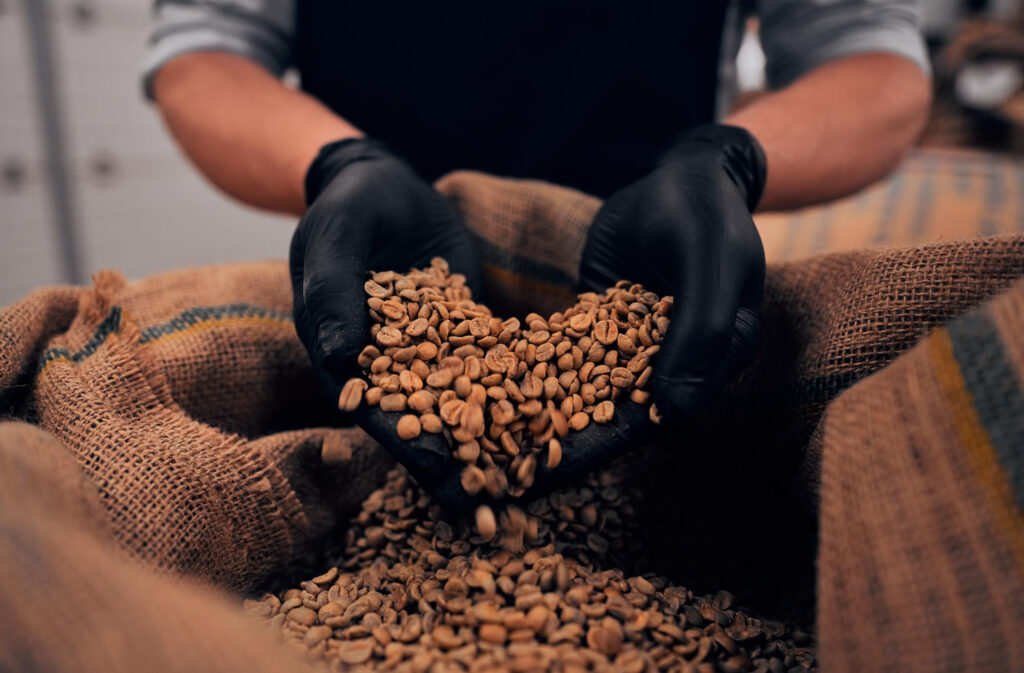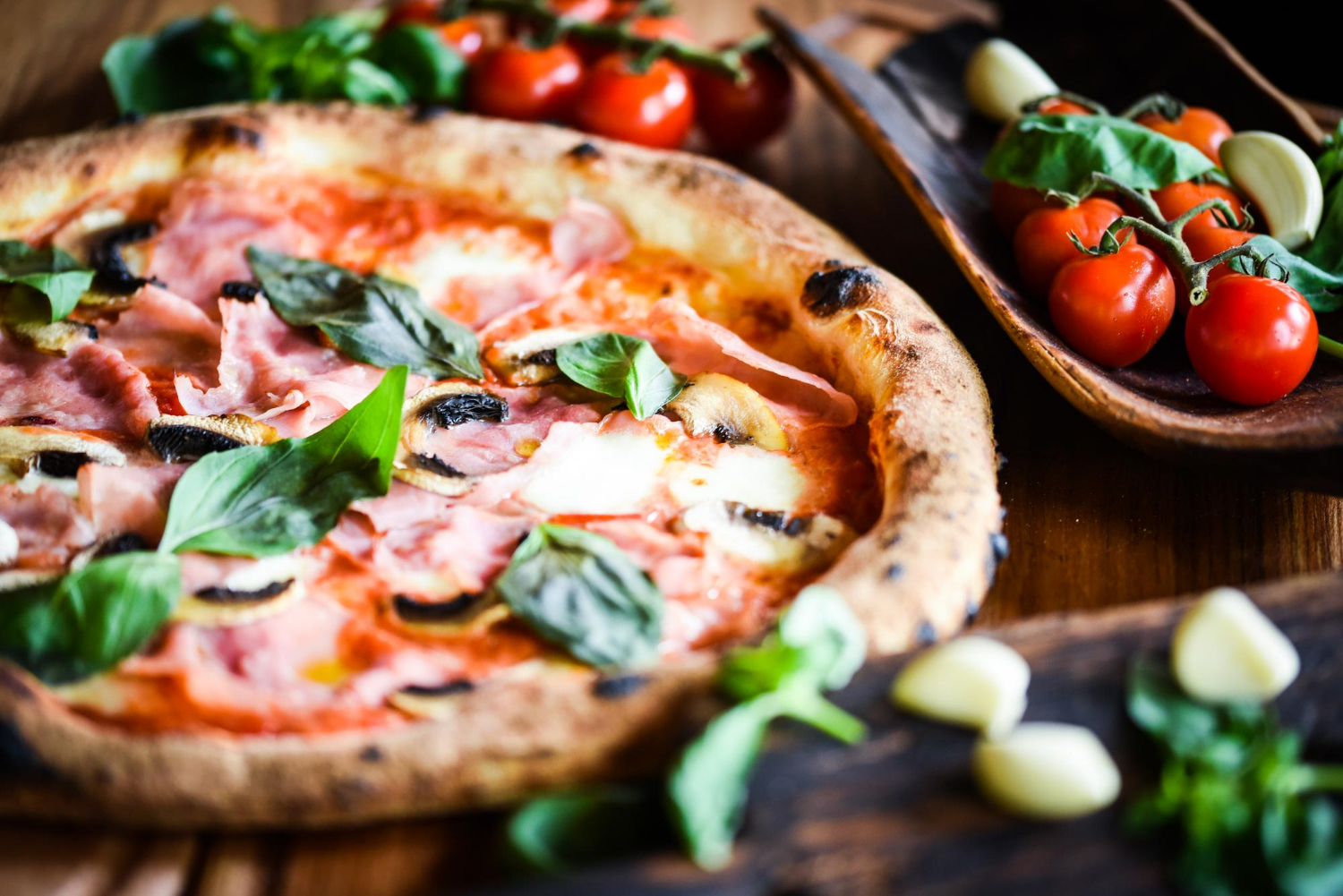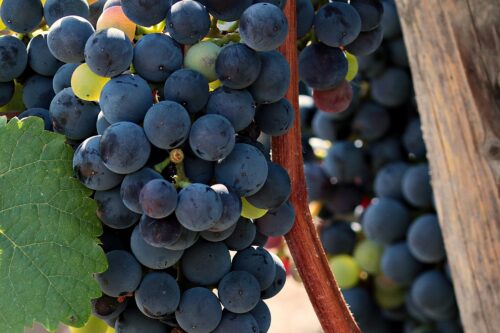Photo: Freepik
Coffee, a beloved beverage worldwide, comes in many varieties, but two primary types dominate the market: Arabica (Coffea arabica) and Robusta (Coffea canephora). Understanding the differences between these two varieties can enhance your appreciation of this cherished drink and guide you in selecting the coffee that best suits your taste and preferences.
Origin and Cultivation
Arabica coffee, the more popular of the two, accounts for about 60-70% of the world’s coffee production. It is primarily grown in Latin America, though it also thrives in parts of Africa and Asia. Arabica plants prefer higher altitudes, typically between 600 and 2000 meters above sea level. These plants are more delicate and require specific climatic conditions—moderate temperatures, sufficient rainfall, and shade.
Robusta coffee, on the other hand, is hardier and more resilient. It is predominantly cultivated in Africa, Indonesia, and Vietnam, which is one of the largest producers of Robusta beans. Robusta plants can grow at lower altitudes, from sea level up to 600 meters, and are more resistant to pests and diseases. They can also tolerate higher temperatures and harsher growing conditions, making them easier and cheaper to cultivate.
Flavor Profile
One of the most significant differences between Arabica and Robusta is their flavor profile. Arabica beans are known for their smooth, mild taste with a wide range of flavors, including hints of fruit, sugar, and floral notes. They have a higher acidity, which contributes to their bright, tangy flavor. This complexity and depth make Arabica the preferred choice for specialty coffee and high-quality blends.
Robusta beans, conversely, have a stronger, harsher flavor, often described as earthy, bitter, and sometimes reminiscent of nuts or grain. They have a higher caffeine content, which contributes to their more robust and bitter taste. The lower acidity and heavier body make Robusta coffee a popular choice for espresso blends, as it produces a rich, full-bodied crema.

Caffeine Content
Caffeine content is another notable difference between Arabica and Robusta. Robusta beans contain approximately twice as much caffeine as Arabica beans. Specifically, Robusta beans have about 2.2 to 2.7% caffeine content, while Arabica beans range from 1.2 to 1.5%. This higher caffeine content not only impacts the flavor but also contributes to Robusta’s greater resistance to pests, as caffeine acts as a natural insect repellent.
Appearance and Shape
Arabica and Robusta beans can also be distinguished by their physical characteristics. Arabica beans are generally larger, more oval in shape, and have a pronounced curve, or “s” shape, in the center crease. Robusta beans are smaller, rounder, and have a straighter center crease.
Cost and Market Value
Due to the more demanding cultivation requirements and the superior taste profile, Arabica beans are generally more expensive than Robusta beans. The higher cost of production, including the need for more precise growing conditions and the increased susceptibility to diseases, contributes to the higher price of Arabica coffee.
Robusta beans, being easier and cheaper to grow, are less expensive. They are often used in instant coffee, lower-quality blends, and espresso due to their strong flavor and crema-enhancing properties.
Conclusion
Both Arabica and Robusta coffee have their unique attributes and play essential roles in the global coffee market. Arabica, with its nuanced flavors and smoother taste, is ideal for those who appreciate a refined coffee experience. Robusta, with its stronger, more bitter profile and higher caffeine content, is perfect for those who prefer a more intense cup of coffee or need a robust base for espresso blends.
Understanding these differences allows coffee enthusiasts to make informed choices and explore the diverse and rich world of coffee to its fullest.
Source: Thirdwavecoffeeroesters.com
















